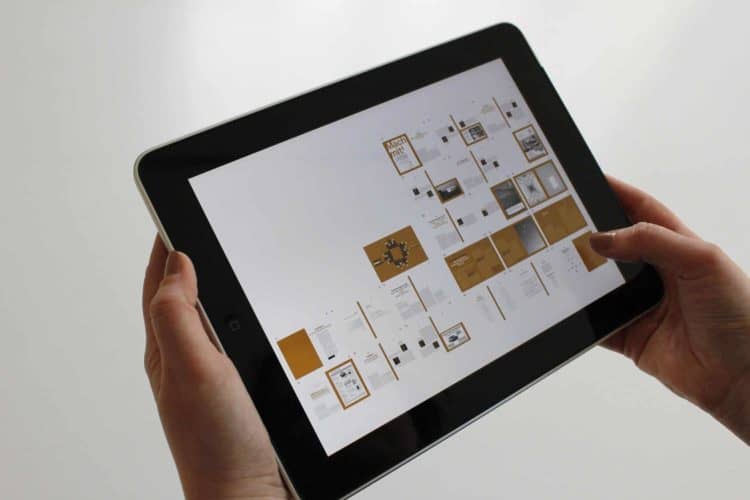IDC says as organisations find new and more effective ways to manage, analyse, and collaborate around their operational data, the impacts will extend beyond the data, affecting how decisions are made and who makes them.
It will also impact which roles are needed, who fills those roles, and how organisations manage their operations. Operational excellence and resilience continue to present challenges across industries, as businesses struggle with supply chain disruptions, rising energy costs, talent constraints, and pressure to improve sustainability metrics.
Becoming a data-driven organisation is a journey that requires an honest assessment of the current state and a willingness to embrace the changes necessary to improve operational performance.
Recognising the need for new approaches and technologies, IDC has developed the Data-Driven Operations (DDO) framework and maturity model to help organisations benchmark themselves and develop plans to improve operational performance across multiple dimensions – efficiency, productivity, quality, safety, reliability, and sustainability.
"Data-driven operations is a journey but this should not be interpreted as a reason to be complacent,’ said Leif Eriksen, research vice president, Future of Operations at IDC.
“The pace of change in operations is beginning to accelerate and will result in significant realignments across a range of industries. Organisations that recognise the opportunity will thrive; those which fail to see it will not survive."
Leif Eriksen
The Future of Operations
Prediction 1: By 2025, 50% of G2000 industrial organisations will make real-time decisions balancing economic and sustainability metrics, simultaneously improving both sets of metrics by 5% across the enterprise.
Prediction 2: By 2026, 40% of product-centric organisations will use digital tools to measure life-cycle carbon footprint, creating demand for better integration between PLM and operational data.
Prediction 3: By 2023, talent shortages and pressure to improve operational performance will force organisations to re-evaluate their approach to digital transformation, resulting in greater use of outside services.
Prediction 4: By 2027, the use of extended reality technology, including AR/VR/MR tools, will increase by 40%, creating a new breed of digital workers and reducing operator/field worker errors by 30%.
Prediction 5: By 2026, the use of robots in non-traditional sectors, most notably remote inspection and maintenance, will increase by 35%, resulting in a 50% drop in inspection errors.
Prediction 6: By 2023, digital-first operations enabled by 5G connectivity will improve worker safety, resulting in a 20% reduction in lost time accidents.
Prediction 7: By 2027, 50% of remote operations will use satellite-enabled AI/ML technology to collect and analyse data at the edge, reducing costs and improving yields and energy usage in the natural resource sectors.
Prediction 8: By 2024, the cloud will surpass on-premises infrastructure as the primary location where operational data is stored, managed, and analysed for 50% of G2000 organisations.
Prediction 9: By 2024, 30% of industrial organisations will have become leaner and more agile than their competitors because of making real-time operational insights available anytime, anywhere, to anyone.
Prediction 10: By 2025, 50% of organisations will increase the use of IoT and OT cybersecurity solutions at the edge, cutting OT cybersecurity breaches in half.



